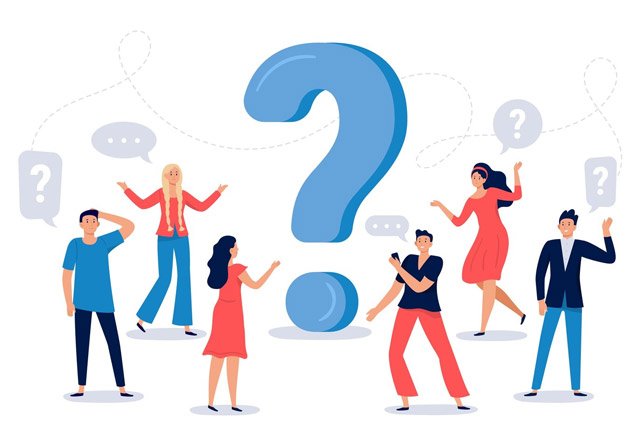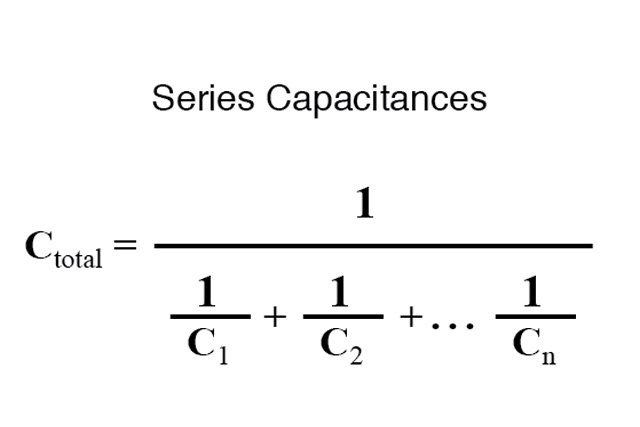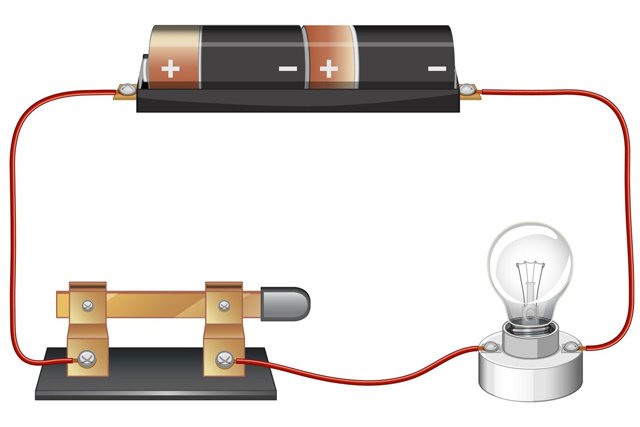Capacitors are ubiquitous in electronics, serving many purposes, from smoothing out power supplies to creating high-pass filters. When it comes to utilizing capacitors effectively, understanding how to connect them is crucial, and connecting capacitors in series is a concept that deserves thorough exploration. In this comprehensive guide, we’ll dive deep into the realm of series-connected capacitors, examining their use, the mathematical underpinnings, and the step-by-step process to combine capacitors in series.
Why Connect Capacitors in Series?

Before we venture into the practical aspects, we must grasp the fundamental reasons to combine capacitors in series. Unlike parallel connections, where capacitors are placed side by side, series connections require capacitors to be daisy-chained along a single path. The primary motivations for connecting capacitors in series include:
Voltage Handling
Series connections allow you to increase the voltage handling capacity of your circuit. Each added capacitor increases the overall voltage rating, a critical consideration in high-voltage applications.
Capacitance Reduction
A series connection results in a decrease in total capacitance. This feature is valuable in scenarios where you limit capacitance while maintaining a specific voltage rating.
The Mathematics of Series Capacitors

To calculate the total capacitance when capacitors are connected in series, a simple equation comes to the rescue:
1 / C_total = 1 / C1 + 1 / C2 + 1 / C3 + …
In this equation, ‘C_total’ represents the total capacitance, while ‘C1,’ ‘C2,’ ‘C3,’ and so forth denote the values of the individual capacitors. To find the total capacitance, calculate the reciprocal of each capacitor’s value, sum them up, and then take the reciprocal of the sum.
Connecting Capacitors in Series – Step by Step

Now, let’s walk through the process of connecting capacitors in series in more detail.
Identify the Capacitors
Start by ensuring you know the values of the capacitors you intend to connect in series. Label them as C1, C2, C3, and so on.
Calculate the Total Capacitance
Employ the formula mentioned above to determine the total capacitance of the series-connected capacitors. This step is crucial as it provides a basis for your circuit design.
Physical Connection
The physical connection of capacitors should be done meticulously. Begin by attaching one end of the first capacitor, C1, to one terminal of your power source or circuit. Then, connect the other end of C1 to one end of the second capacitor, C2. Continue this process, daisy-chaining all the capacitors together in the intended series connection.
Total Voltage
The Voltage across each capacitor accumulates in a series connection. Therefore, the total V_total Voltage is the summation of the individual capacitor voltages.
Apply Voltage
To complete the series connection, connect the remaining terminal of the last capacitor in your chain to the other terminal of your power source or circuit.
Applications and Advantages of Series Capacitor Connections
Beyond the technicalities, it’s essential to understand the practical applications and advantages of connecting capacitors in series.
- High Voltage Circuitry: S series-connected capacitors provide a viable solution when handling high voltages. Their cumulative voltage tolerance is beneficial for voltage division in electrical systems.
- Filtering Circuits: Series capacitor connections are used in various filter designs, such as high-pass and band-pass filters, to achieve precise cutoff frequencies.
- Energy Storage Systems: Series capacitors are used in energy storage systems to increase the overall Voltage while limiting capacitance.
- Voltage Divider Circuits: In electronics, series-connected capacitors can create voltage dividers, helping to obtain specific output voltages from a higher input voltage.
- Lighting Applications: Series-connected capacitors are employed in lighting systems for voltage stabilization and phase shift correction.
Conclusion
Combine capacitors in series is a fundamental concept in electronics that allows engineers, hobbyists, and electronic enthusiasts to fine-tune their circuits to meet specific voltage and capacitance requirements. A sound understanding of the principles underpinning series connections and the associated mathematical calculations is pivotal to using capacitors effectively in diverse applications. Whether you’re working on a high-voltage project or need to control capacitance carefully, series-connected capacitors offer a versatile solution. Always remember to respect the voltage ratings of the capacitors, ensuring both safety and the desired functionality of your circuit. Mastering the art of connecting capacitors in series can be a significant asset in your electronic journey. You can also explore our comprehensive guide on Combining Nonpolar Capacitors.





